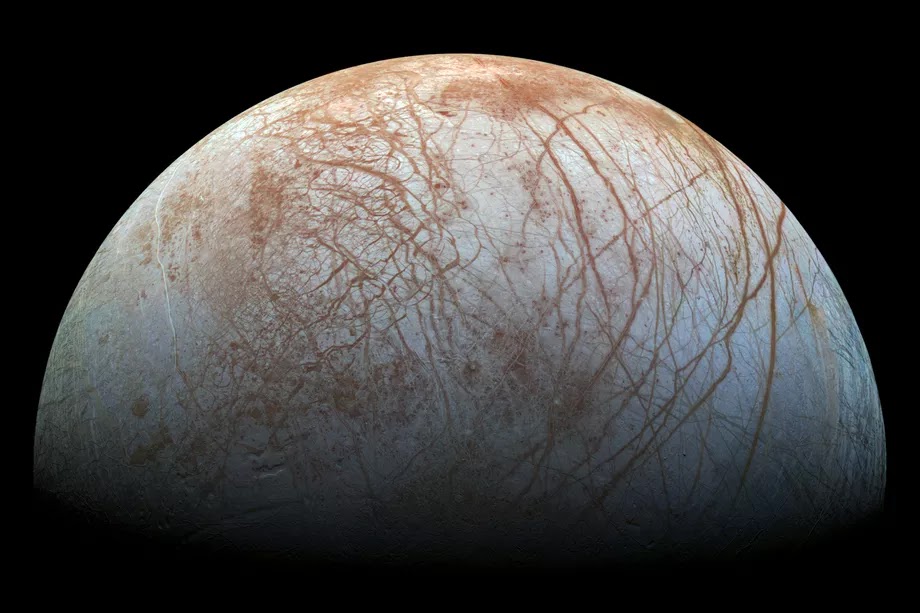NASA’s Hubble telescope spots potential water plumes on Europa for a second time
More confirmation crest of water are emitting from underneath the hull of Jupiter's moon Europa. NASA declared the discoveries today at a public interview, while the office additionally reported new pieces of information that Saturn's moon Enceladus may have the correct conditions forever.
NASA isn't stating that these are real tufts presently, however in the event that they do exist they're likely originating from the limitless saltwater sea that is thought to hide underneath Europa's surface. These tufts additionally appear to originate from an especially warm district on the moon, where there are splits in the cold covering. It's conceivable that the water being vented from the ocean depths underneath this spot is warming the outside layer. Or, on the other hand possibly the crest materials are falling back to the surface, changing the hull in such a route in this way, to the point that it remains warm.

In any case, this site on Europa could fill in as an awesome place to visit, and NASA is at present making a shuttle to do only that. The Europa Clipper mission, which should dispatch in the 2020s, includes sending a vehicle to the sea moon that will occasionally fly by the world and gather vital information. Europa Clipper will likewise be outfitted with a bright imager like Hubble, however the pictures it takes will be a great many circumstances nearer. Also, more refined instruments will have the capacity to make sense of what the particles encompassing Europa are made of.
"On the off chance that there are tufts on Europa, as we now unequivocally suspect, with the Europa Clipper we will be prepared for them," Jim Green, NASA's executive of planetary science, said in an announcement.
Source: theverg



Comments
Post a Comment